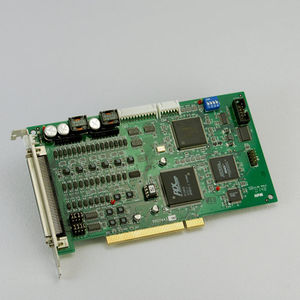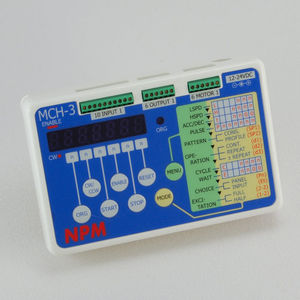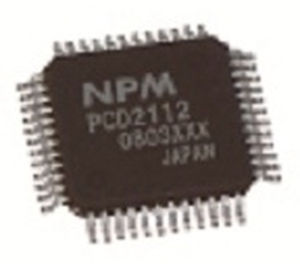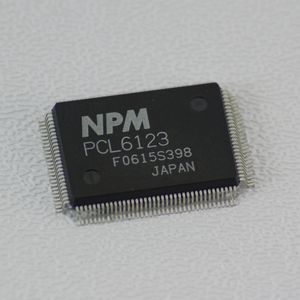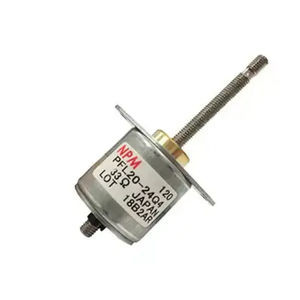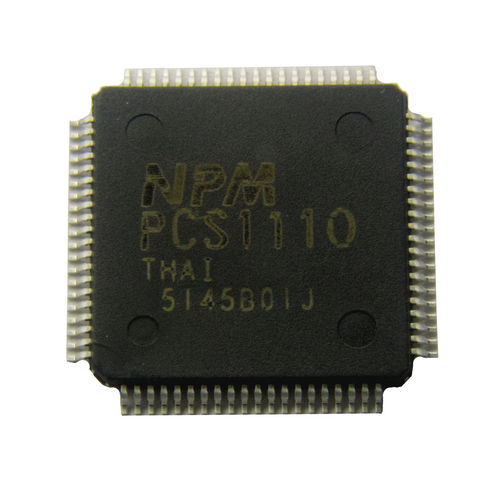
3/4-axis motion controller PCS1110 Control Chip, mechanical camlinearelectronicfor cam positioners
Add to favorites
Compare this product
Characteristics
- Number of axes
- 3/4-axis
- Motor type
- linear
- Technology
- electronic
- Product applications
- for cam positioners
Description
Nippon Pulse has introduced the PCS1110 control chip, an 80-pin electronic cam TQFP designed to replace mechanical cams. By making the switch to the PCS1110 electronic cam chip, users are able to program up to 128 unique points (per rotation of the master axis) on the slave axis, a far greater number than can be achieved by a traditional mechanical cam. The PCS1110 receives angle information from the master axis via a position sensor such as an encoder and subsequently outputs pulses to control the slave axis.
Using the PCS1110 eliminates the need for a large software program, synchronizing the master axis motion and the slave axis movement. Even with the addition of common LSIs, users need to precisely calculate linear operation, requiring a large CPU. The need for that large CPU is eliminated with the use of the PCS1110.
The PCS1110 contains RAM, allowing the user to program up to 128 unique points on the slave axis (per revolution of the master axis). Because the shape of the mechanical cam is fixed, it can only perform one motion profile. However, with the RAM contained in the PCS1110, the number of profiles available is far greater.
Several different PCS1110 chips can be driven off a single master axis, independently with different motion profiles. Because the PCS1110 chip also features a pulse generating circuit, there is no need for a master axis signal. Using an internal oscillator, users are able to simulate the master axis with a virtual main axis.
Catalogs
No catalogs are available for this product.
See all of Nippon Pulse‘s catalogsRelated Searches
- Electromotor
- Vehicle motor
- Direct current motor
- AC motor
- Synchronous motor
- 24 V electromotor
- Permanent magnet motor
- Pump motor
- Motor controller
- Stepper motor
- Medical equipment motor
- Squirrel cage motor
- Stepper motor controller
- Linear servomotor
- Packaging machine motor
- 18 V motor
- Squirrel-cage rotor motor
- Multi-axis motion control card
- Digital motor controller
- DC positioning controller
*Prices are pre-tax. They exclude delivery charges and customs duties and do not include additional charges for installation or activation options. Prices are indicative only and may vary by country, with changes to the cost of raw materials and exchange rates.







